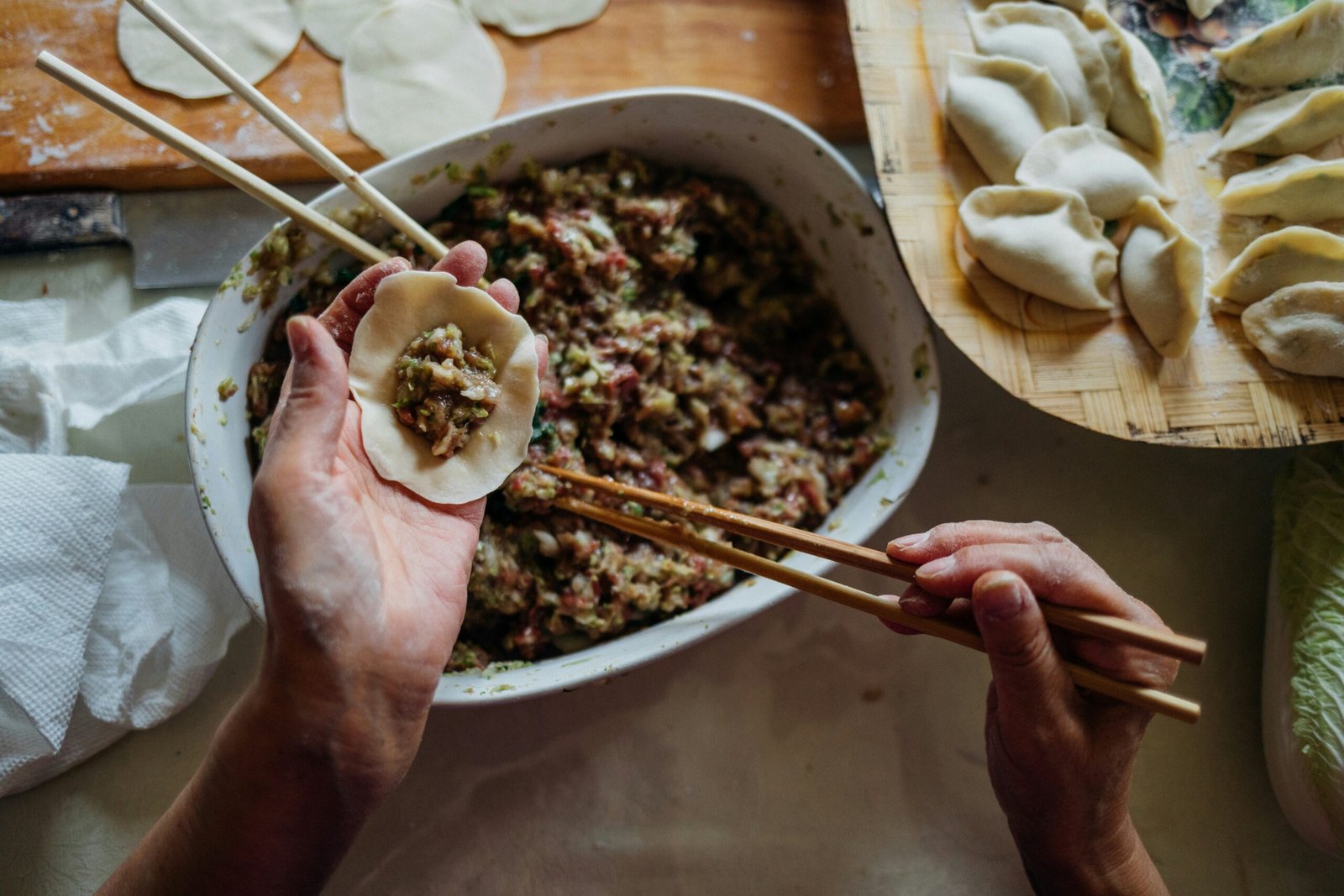Introduction to Chinese Cuisine and Its Cultural Significance
Chinese cuisine is one of the most ancient and esteemed culinary traditions in the world, with a history that spans thousands of years. It is an integral part of Chinese culture, reflecting the country’s philosophical beliefs, social structures, and historical evolution. The diversity and complexity of Chinese food are a testament to the nation’s vast geography and rich cultural heritage. Each dish is a harmonious blend of flavors, colors, and textures, designed not only to nourish the body but also to create a sense of balance and harmony.
Chinese cuisine is deeply intertwined with the country’s traditions and festivals. During important celebrations like the Lunar New Year, Mid-Autumn Festival, and Dragon Boat Festival, specific foods are prepared and consumed to symbolize prosperity, health, and good fortune. Family gatherings and communal meals are central to Chinese social life, reinforcing bonds and expressing respect for customs and ancestors.
The regional diversity within Chinese cuisine is immense, with eight major culinary traditions that each offer unique flavors and specialties. Cantonese cuisine is renowned for its delicate flavors and fresh ingredients, while Sichuan cuisine is famous for its bold, spicy, and numbing profiles. Jiangsu cuisine emphasizes refined cooking techniques and presentation, whereas Zhejiang cuisine is known for its use of fresh, seasonal ingredients. Fujian cuisine offers a mix of sweet and sour flavors, while Hunan cuisine is characterized by its hot and sour taste. Anhui cuisine focuses on wild herbs and simple preparation, and Shandong cuisine is famous for its hearty flavors and emphasis on seafood.
Common ingredients in Chinese cooking include rice, noodles, tofu, and a variety of vegetables, meats, and seafood. Essential cooking techniques encompass stir-frying, steaming, deep-frying, and braising, each contributing to the distinctive taste and texture of Chinese dishes. These methods, combined with the use of aromatic seasonings such as ginger, garlic, scallions, soy sauce, and rice wine, result in a cuisine that is both diverse and deeply satisfying.
Peking Duck
Peking Duck is a celebrated dish in Chinese cuisine, known for its crispy skin and tender meat. Originating from Beijing, the dish dates back to the imperial era. Traditionally, the duck is seasoned, air-dried, and roasted until the skin turns golden and crispy. It is served with thin pancakes, hoisin sauce, and sliced scallions. The intricate preparation and presentation make Peking Duck a symbol of Chinese culinary artistry.
Kung Pao Chicken
Kung Pao Chicken is a spicy, stir-fried dish hailing from Sichuan province. It combines diced chicken, peanuts, vegetables, and chili peppers. The dish’s unique flavor profile comes from the use of Sichuan peppercorns, which provide a distinctive numbing sensation. Kung Pao Chicken is not only a staple in Chinese households but also a favorite in Chinese restaurants worldwide.
Mapo Tofu
Mapo Tofu is another iconic dish from Sichuan cuisine, characterized by its bold and spicy flavors. It features soft tofu cubes in a spicy and aromatic sauce, made with fermented black beans, ground pork, and Sichuan peppercorns. The dish’s name translates to “pockmarked old woman,” referencing the originator’s nickname. Mapo Tofu is beloved for its complex taste and fiery kick.
Xiaolongbao (Soup Dumplings)
Xiaolongbao, or soup dumplings, are a type of steamed bun originating from the Jiangnan region. These delicate dumplings are filled with minced pork and a gelatinous broth that turns into soup when steamed. The thin, translucent dough encases the savory filling, making Xiaolongbao a sought-after delicacy in Chinese dim sum cuisine.
Spring Rolls
Spring Rolls are a popular appetizer in Chinese cuisine, especially during the Lunar New Year. These crispy, golden rolls are filled with a mixture of vegetables, meat, or seafood, and then deep-fried to perfection. The dish symbolizes wealth and prosperity, as its shape resembles gold bars. Spring Rolls are enjoyed for their crunchy texture and flavorful fillings.
Sweet and Sour Pork
Sweet and Sour Pork is a classic Cantonese dish known for its vibrant colors and balanced flavors. The dish features bite-sized pieces of pork, coated in batter, and fried until crispy. It is then tossed in a tangy sauce made from vinegar, ketchup, and sugar, along with bell peppers and pineapple. Sweet and Sour Pork is a favorite among both children and adults for its delightful taste.
Hot and Sour Soup
Hot and Sour Soup is a savory and tangy soup that originates from northern China. The soup combines various ingredients like tofu, mushrooms, bamboo shoots, and pork, all simmered in a broth seasoned with vinegar and white pepper. The contrasting flavors of heat and sourness make this soup a comforting and invigorating dish, especially during cold weather.
Fried Rice
Fried Rice is a versatile and beloved dish in Chinese cuisine, perfect for using leftover rice and ingredients. The dish typically includes rice stir-fried with vegetables, eggs, and a variety of meats or seafood. Soy sauce and sesame oil add depth to the flavors. Fried Rice is a staple in Chinese households and restaurants, celebrated for its simplicity and deliciousness.
Dim Sum
Dim Sum refers to a collection of small, bite-sized dishes served in steamer baskets or on small plates. Originating from the Cantonese tradition of yum cha (tea tasting), Dim Sum includes a wide variety of items such as dumplings, buns, and rolls. The communal and leisurely nature of eating Dim Sum makes it a cherished dining experience, often enjoyed with family and friends.
Mooncakes
Mooncakes are traditional pastries enjoyed during the Mid-Autumn Festival. These round cakes are typically filled with sweet pastes, such as red bean or lotus seed paste, and often contain salted egg yolks. The intricate designs on the crust symbolize unity and completeness. Mooncakes are not only a festive treat but also a cultural symbol of reunion and harmony.





